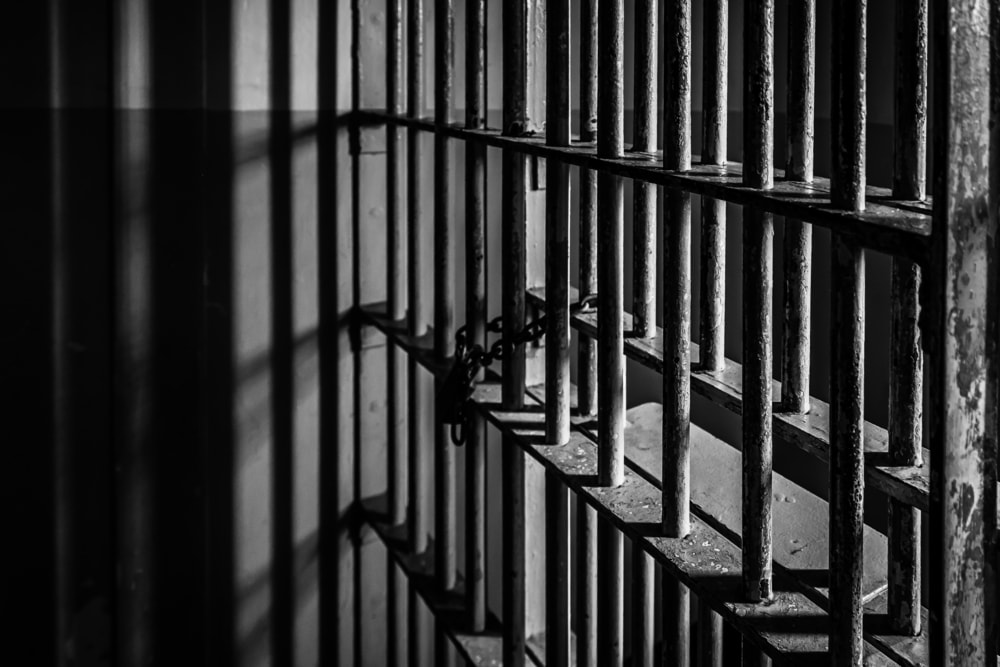Republicans are learning that crime data isn’t so simple
SACRAMENTO – The nation’s violent crime rate had fallen by 2019 to levels not seen in decades, with the murder rate hitting five per 100,000 people – lower than the 7.3 rate in 1969 and approximately the same level as 1960. Overall violent crime rates were still higher than in the 1960s, but had fallen significantly since the 1980s and 1990s crime wave. California’s data largely tracked the national trends.
That was undoubtedly good news, yet criminologists had no better answers for the crime drop than for its past increases. It’s almost entertaining to read various – and occasionally dubious – theories that tried to explain the numbers. Conservatives credited a raft of tough-on-crime measures, but myriad studies dispute whether they really had much to do with falling crime rates.
Liberals credited tougher gun laws, even though crime rates fell dramatically in states with the loosest gun laws – and even after concealed-carry laws spread across the country. Others pointed to various economic and demographic data. The weirdest explanation, popular circa 2000, credited legalized abortion for the crime drop – but it’s not the only unusual theory.
Countless academics and authors find some direct connections around the margins, but generally point to a variety of possibilities. One analysis points to 25 factors, including obvious theories – changes in police strategies, mass incarceration, economic improvement and a decline in teen births. But it also pointed to oddities including an increase in air conditioning and video games (both of which kept people at home) and a boost in anti-psychotic drugs.
In the last few years, crime rates have soared – and now every politician is an expert on why murder rates for the first half of 2022 are 39-percent higher than they were in 2019. California’s latest data shows murder rates up in 2021 by 9.1 percent from the previous year. Other data and anecdotal evidence points to a shocking post-pandemic crime wave.
It’s more fascinating sorting through the crime-rate entrails in a time of falling crime, given that the exercise is largely academic. In times of rising crime, fear understandably motivates people – and politicians are motivated to exploit that fear to win elections. Conservatives have ramped up their historic law-and-order rhetoric and blame criminal-justice reform measures and progressive district attorneys for the chaos. (Meanwhile, liberals focus on gun availability as usual.)
In fact, Republicans have built their mid-term strategy on depicting Democrats as criminal coddlers. In one typical example, the National Republican Congressional Committee released an ad targeting a New York Democrat: “Violent crime is surging, but extreme liberal Pat Ryan marched to defund the police, wanted to deny local police critical equipment, and is backed by extremists who support cashless bail.”
Here in California, Republicans almost uniformly blame Proposition 47 (which reduced certain lower-level crimes from felonies to misdemeanors), Proposition 57 (which increased the use of parole) and Assembly Bill 109 (prison realignment) for the state’s crime problems, along with those darned “soft on crime” DAs. Never mind that crime rates went up just as much in states without those measures.
The latest story, however, fits squarely in the man-bites-dog category. “The biggest risks for homicides came in conservative counties with iron-fist sheriffs and district attorneys, places where progressives in power are nearly as common as monkeys riding unicorns,” noted the Los Angeles Times’ Anita Chabria after looking deeply at the attorney general’s crime data. Republican counties, such as Kern County (home to Bakersfield) often have the highest homicide rates.
Mainstream media sources and political groups have jumped all over this story. “In 2020, per capita murder rates were 40 percent higher in states won by Donald Trump than those won by Joe Biden,” according to the left-leaning Third Way think tank in an article not-so-subtly titled, “The Red State Murder Problem.”
During the Orange County primary, District Attorney Todd Spitzer built his re-election campaign around the theme “No LA in OC” – as he depicted his Democratic opponent as a clone of Los Angeles County’s liberal DA George Gascón. That was good politics – and Spitzer actually is one of the most thoughtful and nuanced California DAs. But at the time, Orange County’s murder rate increase was far outpacing the statewide increases.
Democratic efforts to blame conservative policies for crime increases are as transparently partisan as GOP efforts to always blame liberal policies. Consider that many red-state murder capitals are cities run by Democratic officials and many blue counties have law-and-order sheriffs and DAs. Crime policy flows from a patchwork of elected and appointed officials.
And, as criminologists understand, crime-rate changes often have little to do with public policy – and everything to do with economics, demographics, cultural changes, pandemics, drug epidemics and perhaps the prevalence of air conditioning. That’s not to say law-enforcement strategies and sentencing rules are irrelevant, but crime is a surprisingly complex topic.
If Americans are serious about combating it, we might start by removing our partisan blinders.







